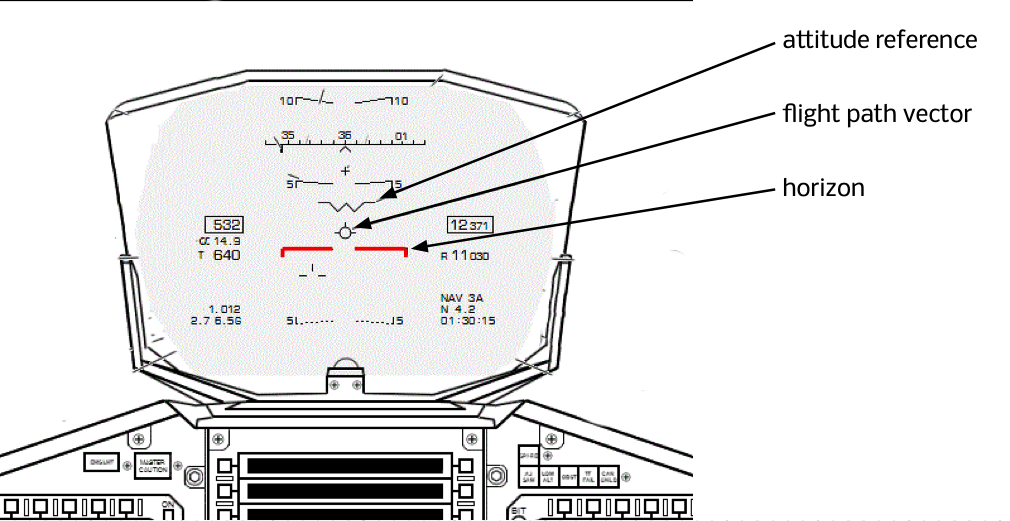
Photo by Matt Artz on Unsplash
Flying circuits this Friday with a student at CYTZ, I noticed an interesting phenomenon – that our progress on the downwind leg seemed unusually slow. We had a lot of time to level off from the climb out, pick a distant landmark to help fly a straight leg, contact ATC and ask for a touch-and-go,… Read more »

I’VE BEEN WORKING with some students on two or three manoeuvres that all begin the same way…

This post is prompted by someone who asked me recently that they wanted a more intuitive understanding of the concept of Angle of Attack from the perspective of the pilot.

Military pilots (and some business jets) have a cool feature called a head-up display (HUD), which overlays a whole load of flight information like airspeed, an attitude indicator, vertical speed and other things over the view in front of the pilot out of the windshield.

Photo by Olav Ahrens Røtne on Unsplash
You’re in a small airplane in level flight at 100 knots. You increase power and pitch up to place the aircraft in a climb, at the same airspeed. Has the angle of attack increased, stayed the same, or decreased?

Von Mises, Fig. 288, adapted
The scenario: our single-engined training aircraft airplane is set up in a stable descent on approach to land. The configuration is appropriate, perhaps with partial or full flaps extended. Airspeed is somewhere between 60 and 80 knots. What happens to the flight path of the airplane if the pilot pulls back on the yoke and raises the nose? Stop and think about the answer for a minute, then read on.

A friend asked me to estimate the force exerted by the tailplane on the fuselage of a Cessna 182, this week. In the course of answering I located and/or worked out some information that might interest you.







